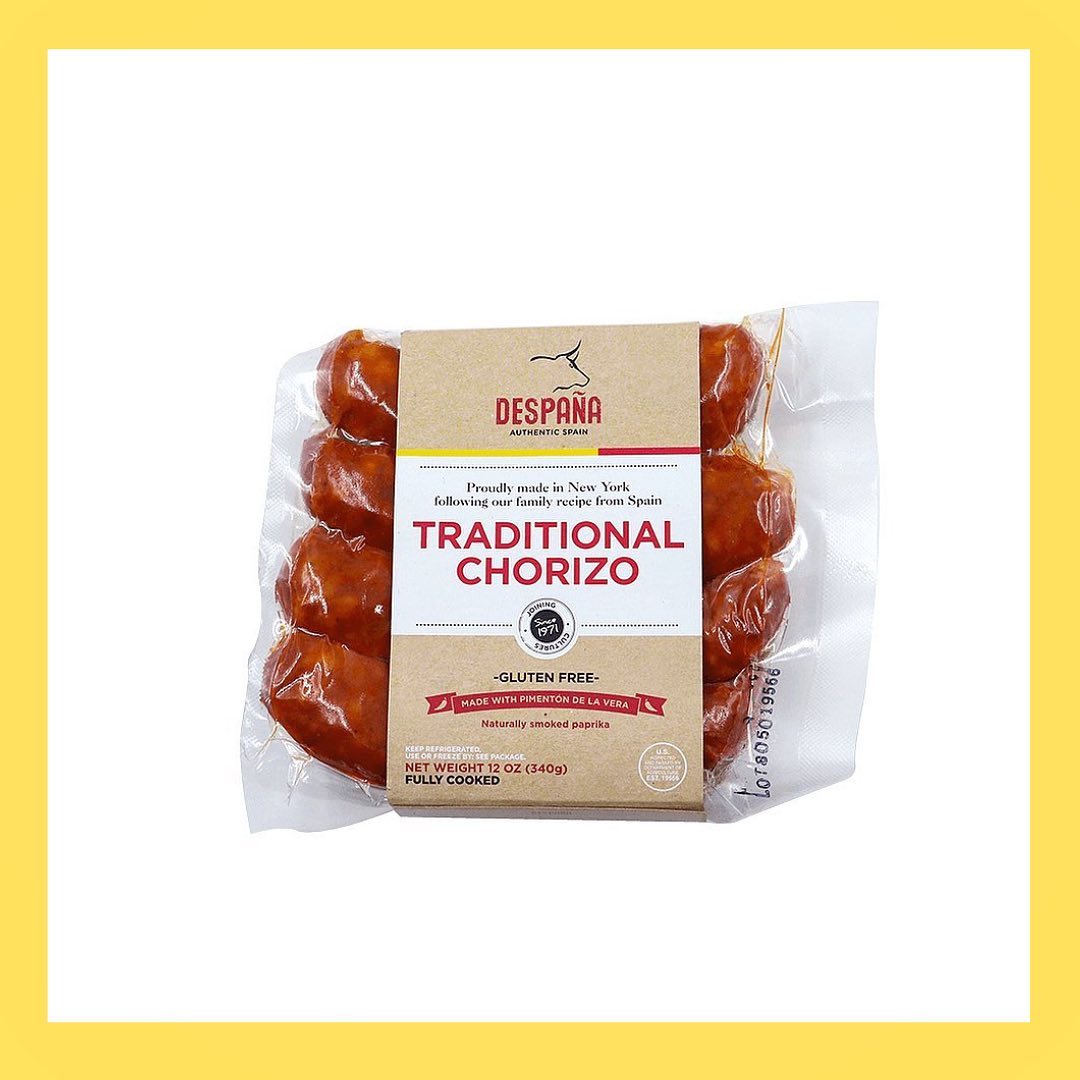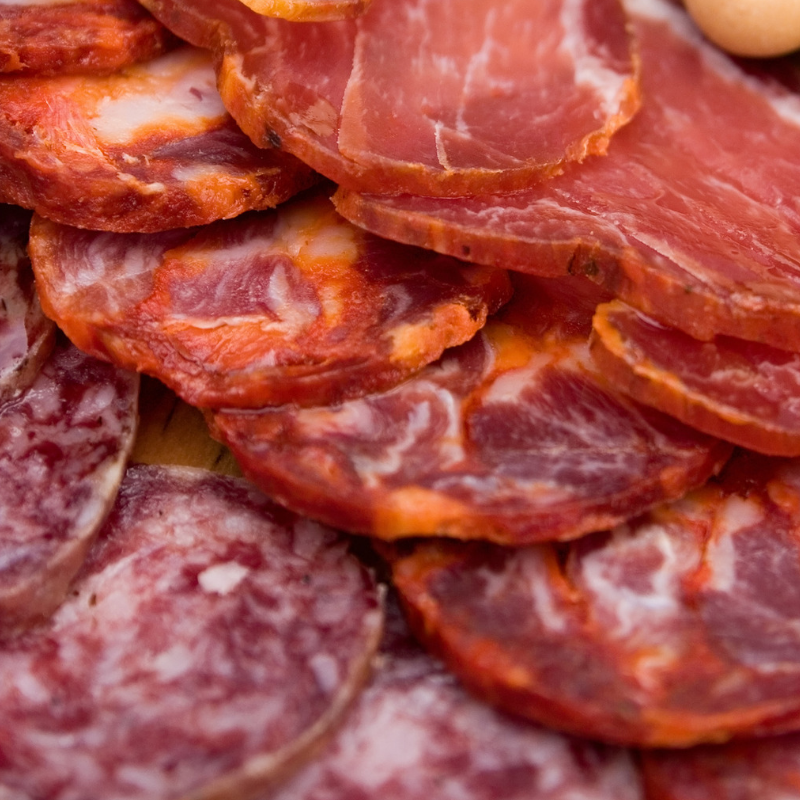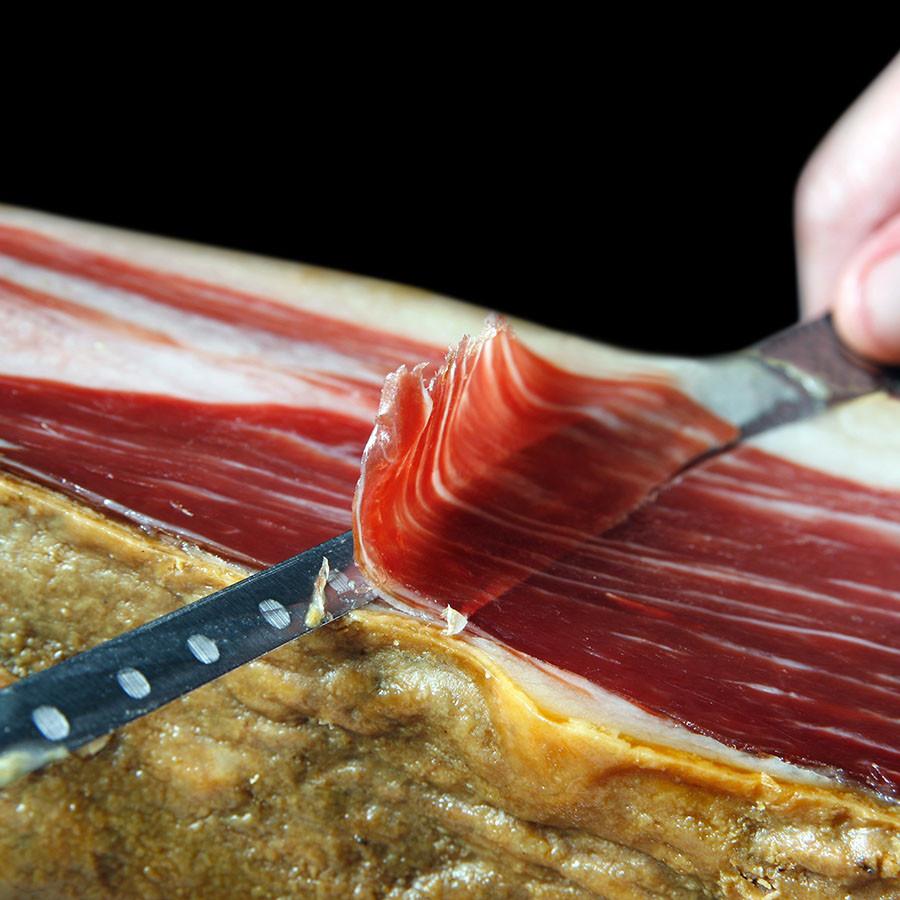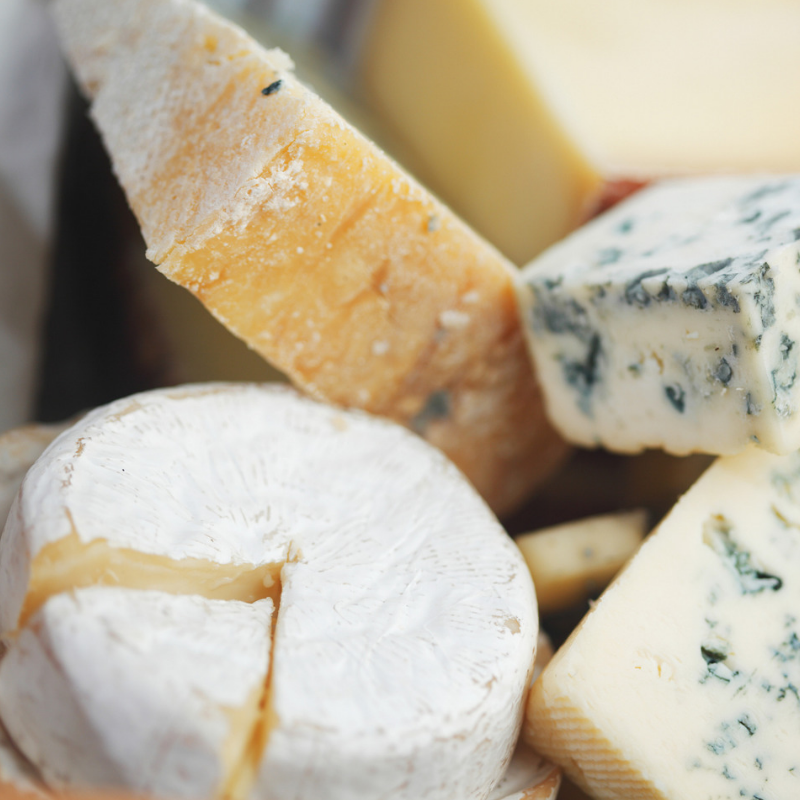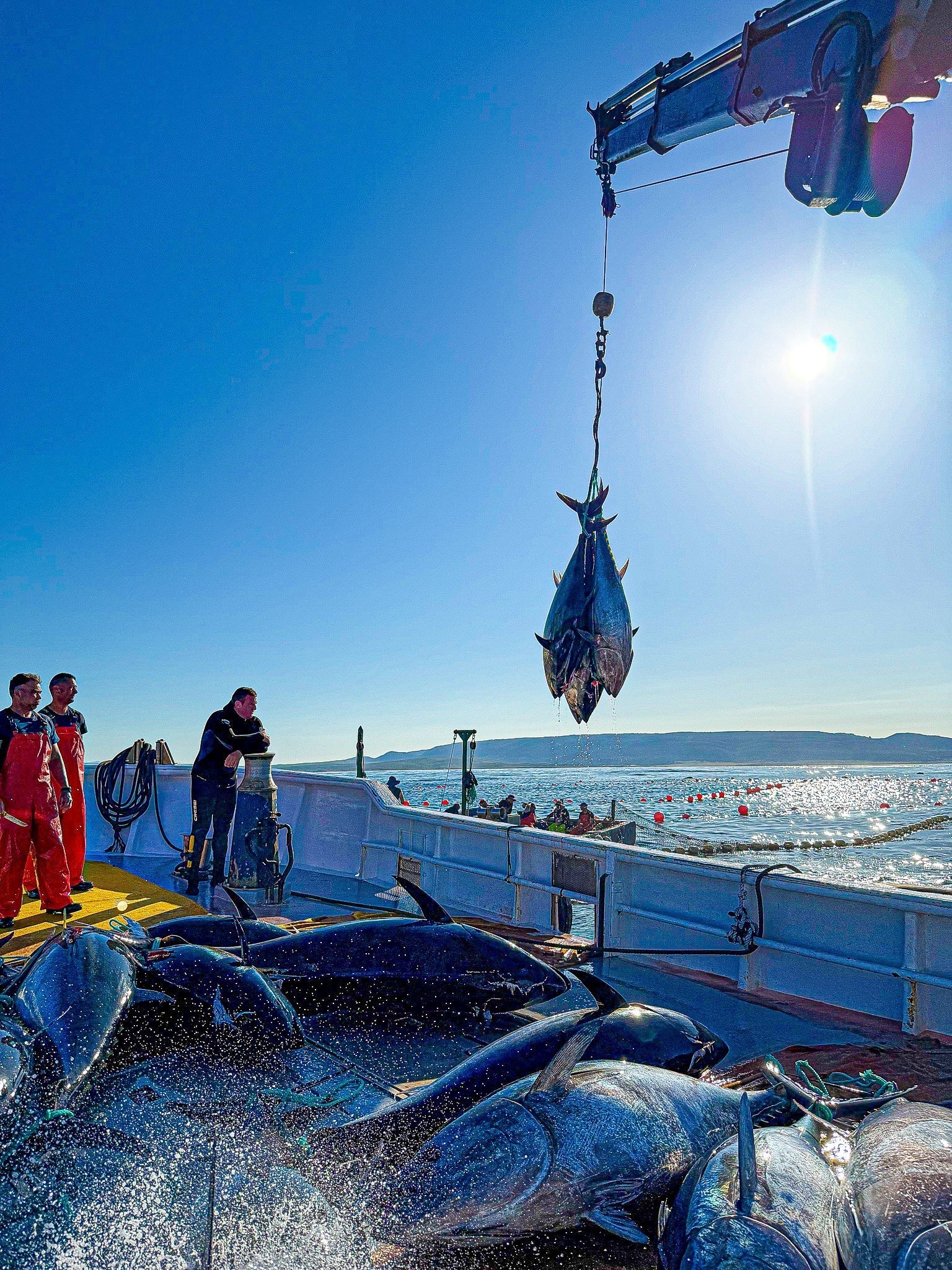At Despaña, we’ve long admired the tradition and flavor that surround atún rojo -- Spain’s revered wild bluefin tuna. But we’ve waited patiently to partner with a brand that truly honors that heritage. Now, that wait is over.
We’re proud to introduce conservas from HERPAC, a family-owned producer based in Barbate, the beating heart of almadraba fishing. These tins are more than just seafood... they’re a product of culture, time, and deep respect for the sea.
Whether you’ve encountered the term almadraba before or are just now discovering one of Spain’s most sacred sea rituals, here’s everything you need to know.
The almadraba is an ancient, sustainable method of catching wild bluefin tuna that dates back over 3,000 years. It originated with the Phoenicians and has been practiced along Spain’s southern coast, particularly in Cádiz, ever since.
This technique involves setting up a sophisticated labyrinth of nets near the Strait of Gibraltar — a key migratory path for tuna traveling from the Atlantic to the Mediterranean to spawn. The nets guide the fish into a central chamber, known as the “copo,” where a highly coordinated team of fishermen, many of whom have inherited this role for generations, raise the nets and harvest the tuna one by one.
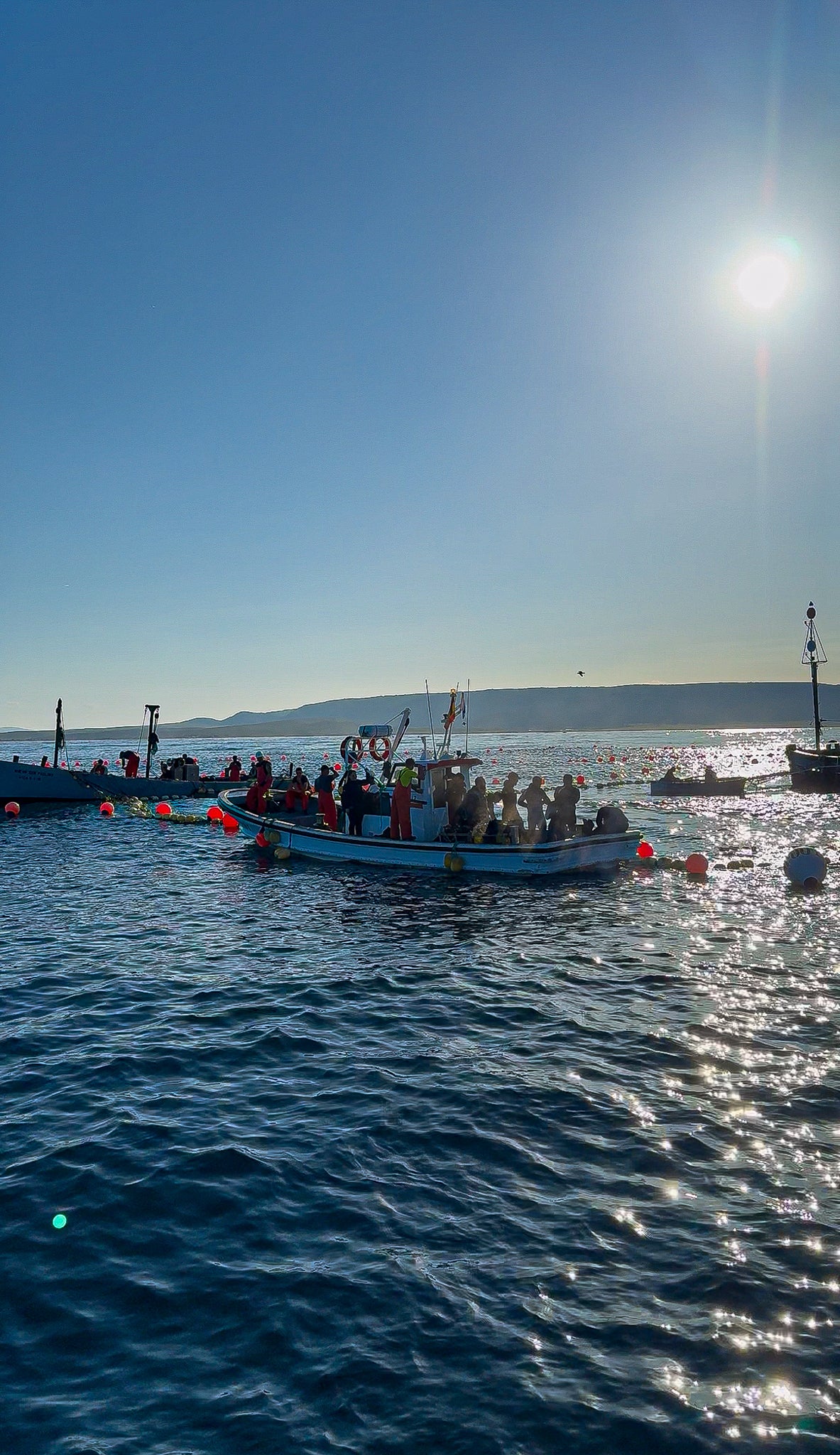
From Field to Factory: An Artisanal Process
Bluefin tuna (atún rojo) is among the most prized fish in the world — famed for its marbling, richness, and complexity of flavor. In Japan, it commands record-breaking prices at auction. But what many don’t realize is that Spain’s almadraba-caught bluefin rivals the best of Japanese tuna, and is considered by many experts to be even more ethically and environmentally sound.
The almadraba method is seasonal, as it only takes place during the spring migration of the tuna. It's highly selective with no bycatch and managed under strict quotas. These points are rooted in tradition and with full transparency.
This is not industrial fishing. It's closer to a ritual.
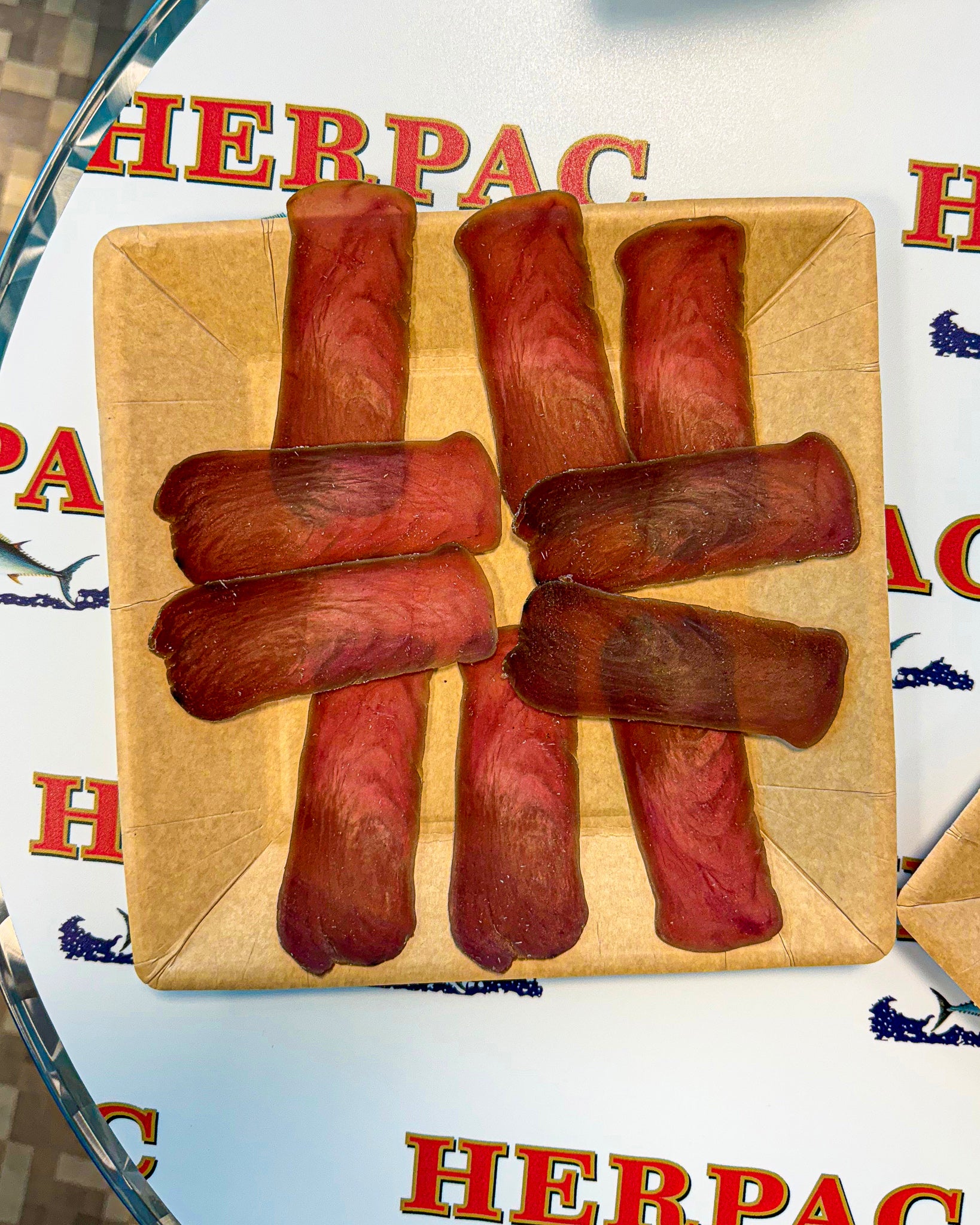
Barbate is more than a fishing town. It’s a living archive of Andalusian maritime culture. The air here smells like salt and smoke. Families grow up with the rhythm of the sea. And HERPAC is among the few producers in the region that turn this precious resource into shelf-stable tins without compromising on tradition, quality, or traceability.
HERPAC’s bluefin tuna is harvested at peak season and processed just steps from where its fished. Each cut, from Ventresca (belly) to Tarantelo (a tender section between the belly and loin) and the loin, are gently preserved in olive oil to highlight their rich, natural flavor.
Despaña has chosen HERPAC because of their integrity. They don’t just source bluefin -- they’re embedded in the entire cycle of the almadraba. Their tins capture the full story of this fish, from the migration waters of the Atlantic to the traditions of Barbate.
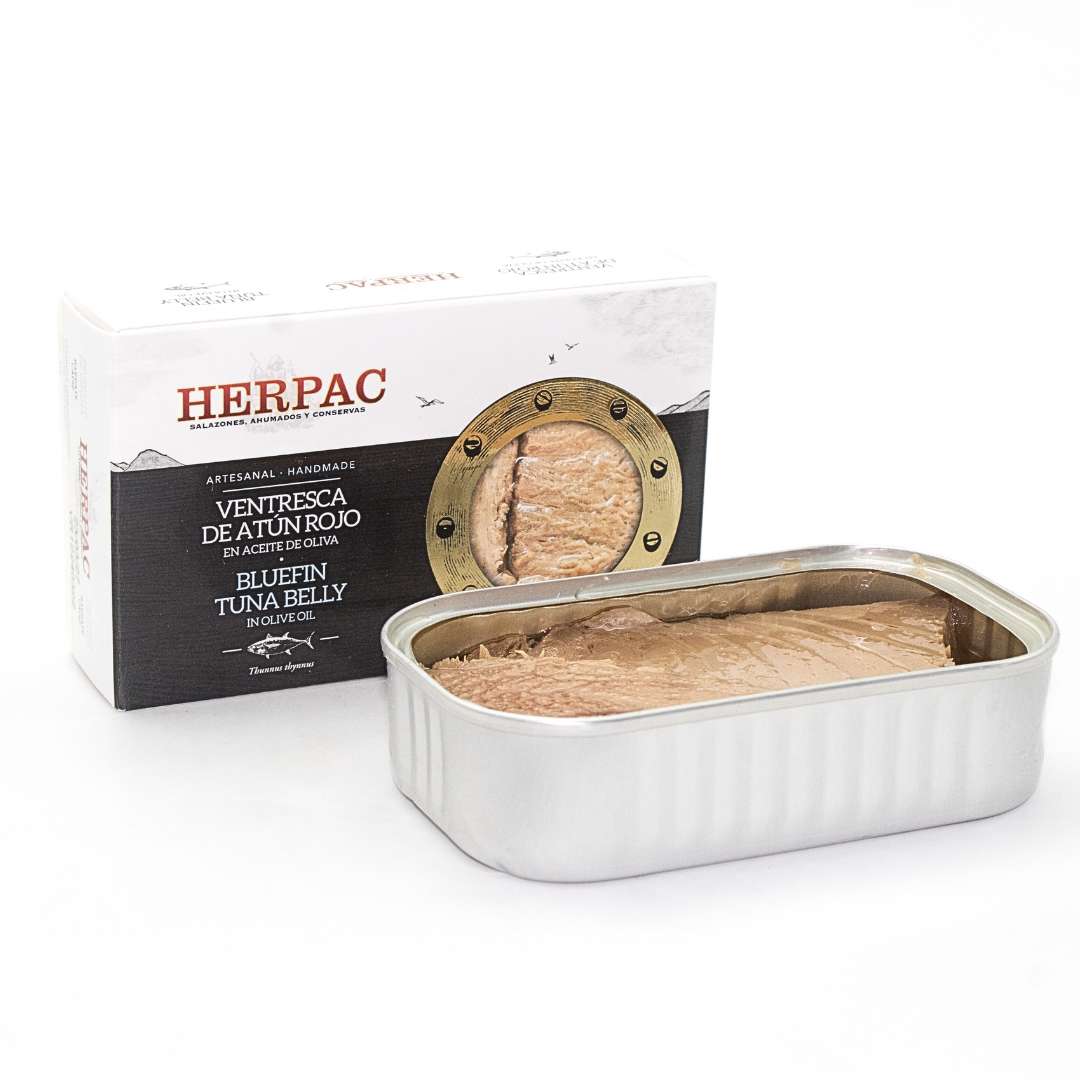
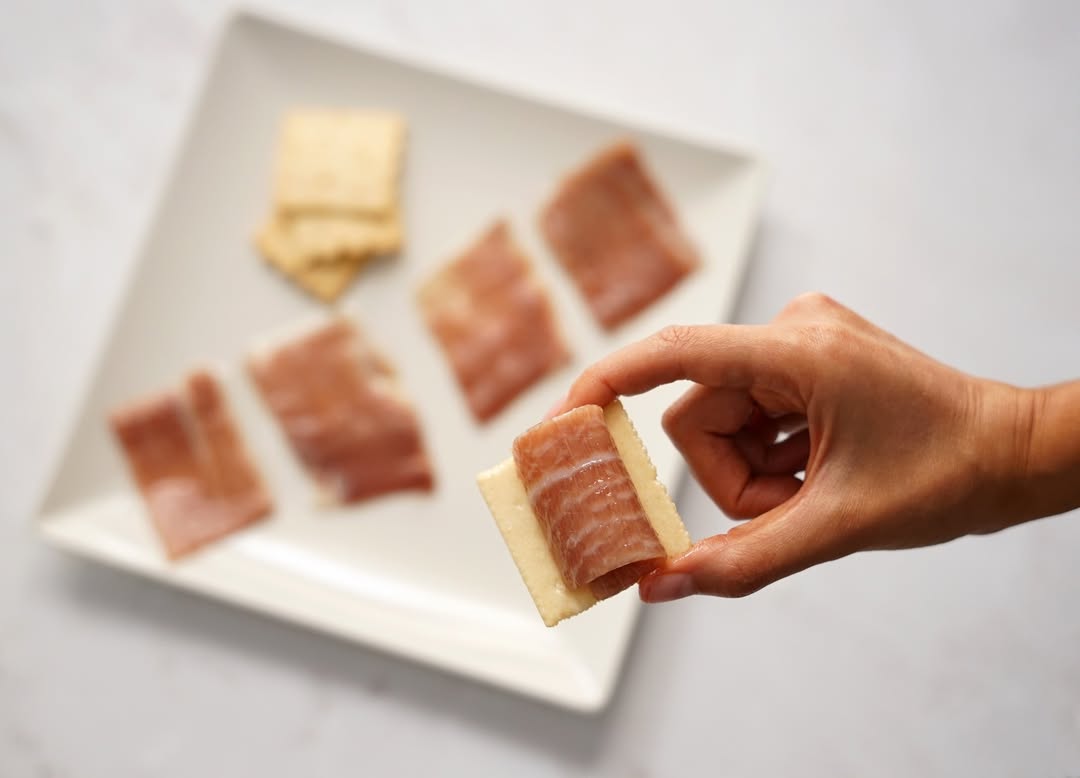
Whether folded into a bocadillo, layered onto crackers with piquillo peppers, or plated simply with good olive oil and sea salt, this is tinned seafood that doesn’t need dressing up. It’s already a delicacy.
Explore the full HERPAC collection below:

